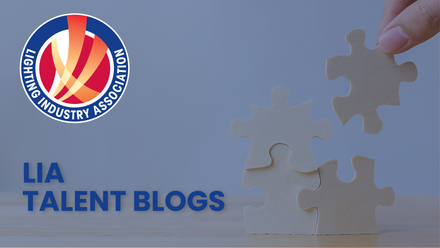SAD Lighting and How it Helps Combat Seasonal Affective Disorder
What is Seasonal Affective Disorder?
Seasonal Affective Disorder (SAD) is a form of depression that typically occurs during autumn and winter when daylight hours shorten. Symptoms include fatigue, low energy, difficulty concentrating, and feelings of hopelessness. Moreover, it's believed that SAD is caused by reduced sunlight, which affects the body's internal clock (circadian rhythm) and serotonin levels. Serotonin is a hormone that influences mood so naturally, when there is low serotonin levels, there is low mood.
How SAD Lighting Works
SAD lighting, or light therapy, involves exposure to bright artificial light that mimics natural sunlight. By sitting near a lightbox that emits bright light (typically 10,000 lux), individuals can stimulate the production of serotonin and regulate their circadian rhythms. This additionally, helps improve mood, energy, and sleep patterns.
It's important to note that not just any light will suffice. SAD lamps emit the correct type of light that mimics daylight without UV radiation, ensuring they are safe for extended use.
Link to authoritative source: Learn more about how light therapy works and its effects on circadian rhythms in this medical guide on SAD.
Benefits of SAD Lighting
- Boosts Mood: SAD lamps can help increase serotonin production, leading to improved mood and reduced feelings of depression.
- Improves Sleep: By regulating circadian rhythms, light therapy can help you fall asleep easier and wake up feeling more refreshed.
- Increases Energy: Exposure to bright light helps reduce feelings of fatigue and increases overall energy levels, making it easier to stay productive.
- Non-Invasive: Unlike medication, SAD lighting is a non-invasive, natural treatment with fewer side effects.
- Scientifically Backed: Numerous studies show the effectiveness of light therapy in treating SAD symptoms. In fact, it's often the first line of treatment recommended by health professionals. Check out this scientific review on the effectiveness of light therapy for further insights.
Choosing the Right SAD Lamp
Not all lightboxes are created equal, so it's essential to choose one designed specifically for treating SAD. Look for a lamp that offers:
- 10,000 Lux Brightness: The optimal brightness for treating SAD symptoms.
- UV-Free Light: Ensure that the lamp is UV-free to prevent skin or eye damage.
- Portable and Adjustable: A portable design allows for flexibility, and adjustable brightness levels give you control over your exposure.
If you’re unsure where to start, this guide to the best SAD lamps can help you find the right one.
We also recommend watching this video with the Lighting Industry Association's Ayça Donaghy to find out more regarding SAD lamps.
Conclusion: Start Using SAD Lighting to Beat the Winter Blues
As we head into the colder months, it’s important to recognise that reduced sunlight can impact your mental health. SAD lighting is an effective, non-invasive treatment that can help improve mood, sleep, and energy levels. If you find yourself feeling low during autumn and winter, consider investing in a quality SAD lamp and experience the benefits of light therapy for yourself.
For more information on improving your well-being with lighting, read our blog on lighting in healthcare.



